Buy this landscape artwork Hamelin Bay, Western Australia by Hilke Maunder on canvas, ArtFrame, poster and wallpaper, printed on demand in high quality.
About "Hamelin Bay, Western Australia"
by Hilke Maunder
About the artwork
800 kilometres north of Perth, the capital of Western Australia, a man-high brick wall appears in the middle of the endless expanse of low bushland. "Shark Bay - World Heritage Area" welcomes visitors. What at first glance appears to be an endless wasteland of scrub, red sand and overgrown shores has been under UNESCO protection since 1992: the elongated bay of Shark Bay with the Peron Peninsula and offshore islands on the 26th parallel of Western Australia.
The uniqueness of this World Heritage Site can be seen at Hamelin Pool, at first glance a bay with a wooden jetty and grey-black rocks in the shallow waters. A quick glance and most of the visitors disappear. I stayed and studied the information board But it gets exciting when you study the information boards more closely. Descendants of the world's first living creatures created these formations 3.5 billion years ago - single-celled, blue-green algae without a cell nucleus. These simple cyanobacteria succeeded in creating complex organic compounds from the primordial soup of the oceans. Their building blocks: the water, the carbohydrates dissolved in it and the light of the sun. Their product: a biomass from which all other life emerged - rock-like towers, black, spongy mats and hump-like layered rocks.
However, the waste product of their intensive activity, which plants continue today as photosynthesis, dealt them the death blow: oxygen. Their two million years of production had changed the Earth's atmosphere: from oxygen-free to oxygen-rich, from reducing to oxidising. A climate change that killed the stromatolites. As fossilised rocks, they are a reminder of the global environmental catastrophe of prehistoric times.

About Hilke Maunder
Hello and welcome! Here are the best photos I've ever taken: Hilke - a true Hamburg girl with a lot of France in her heart. I trained as an editor and, after two decades with various publishing houses, I've been working as a freelance journalist for print, .. Read more…
 Netherlands
Netherlands Ordered in May 2024
Ordered in May 2024
 Germany
Germany Ordered in December 2019
Ordered in December 2019
 Germany
Germany Ordered in May 2021
Ordered in May 2021
 Germany
Germany Ordered in November 2021
Ordered in November 2021
 Netherlands
Netherlands Ordered in September 2021
Ordered in September 2021
 Netherlands
Netherlands Ordered in August 2021
Ordered in August 2021
 Germany
Germany Ordered in June 2021
Ordered in June 2021
 Germany
Germany Ordered in September 2019
Ordered in September 2019
 Germany
Germany Ordered in March 2022
Ordered in March 2022
 Netherlands
Netherlands Ordered in July 2025
Ordered in July 2025
 Netherlands
Netherlands Ordered in May 2020
Ordered in May 2020
 Germany
Germany Ordered in June 2025
Ordered in June 2025
About the material
ArtFrame™
Interchangeable Art Prints
- High-quality print
- Easily interchangeable
- Acoustic function
- Large sizes available
Discover the artworks of Hilke Maunder
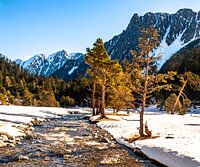 Natural jewel of the Pyrenees: Pont d'EspagneHilke Maunder
Natural jewel of the Pyrenees: Pont d'EspagneHilke Maunder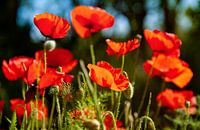 Herald of spring: red poppyHilke Maunder
Herald of spring: red poppyHilke Maunder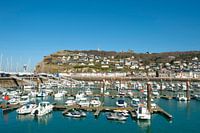 The harbour of Fécamp in NormandyHilke Maunder
The harbour of Fécamp in NormandyHilke Maunder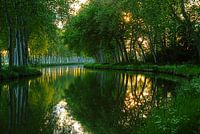 The Canal du Midi in the Département of AudeHilke Maunder
The Canal du Midi in the Département of AudeHilke Maunder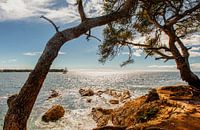 Paradise: the Île Saint-Marguerite in the MediterraneanHilke Maunder
Paradise: the Île Saint-Marguerite in the MediterraneanHilke Maunder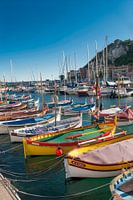 Pointu boats in Nice, Côte d'AzurHilke Maunder
Pointu boats in Nice, Côte d'AzurHilke Maunder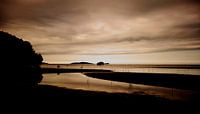 Cooya Beach in QueenslandHilke Maunder
Cooya Beach in QueenslandHilke Maunder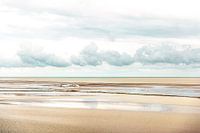 In the mudflats at Mont-Saint-MichelHilke Maunder
In the mudflats at Mont-Saint-MichelHilke Maunder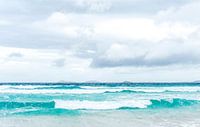 The Southern Ocean near Esperancem Western AustraliaHilke Maunder
The Southern Ocean near Esperancem Western AustraliaHilke Maunder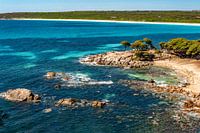 Bunker Bay, Western AustralilaHilke Maunder
Bunker Bay, Western AustralilaHilke Maunder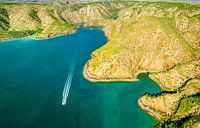 The Inland Sea of Talbot Bay, Western AustraliaHilke Maunder
The Inland Sea of Talbot Bay, Western AustraliaHilke Maunder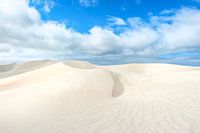 Dune Kingdom: Esperance, Western AustraliaHilke Maunder
Dune Kingdom: Esperance, Western AustraliaHilke Maunder Sunset at Shark Bay, Western AustraliaHilke Maunder
Sunset at Shark Bay, Western AustraliaHilke Maunder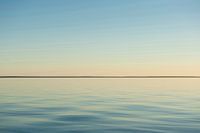 Sunrise at Hamelin Pool, Western AustraliaHilke Maunder
Sunrise at Hamelin Pool, Western AustraliaHilke Maunder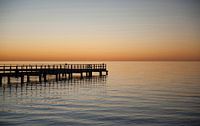 Hamelin Bay, Western AustraliaHilke Maunder
Hamelin Bay, Western AustraliaHilke Maunder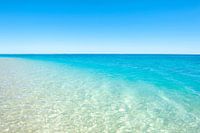 The coast at Coral Bay, Western AustraliaHilke Maunder
The coast at Coral Bay, Western AustraliaHilke Maunder Curious emu in Victoria, AustraliaHilke Maunder
Curious emu in Victoria, AustraliaHilke Maunder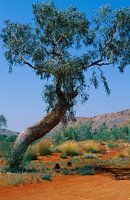 The Australian Outback, Northern TerritoryHilke Maunder
The Australian Outback, Northern TerritoryHilke Maunder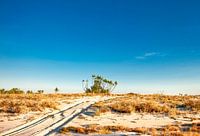 Off-road in the outback, Western AustraliaHilke Maunder
Off-road in the outback, Western AustraliaHilke Maunder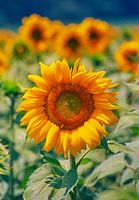 Blooming sunflowers, south of FranceHilke Maunder
Blooming sunflowers, south of FranceHilke Maunder
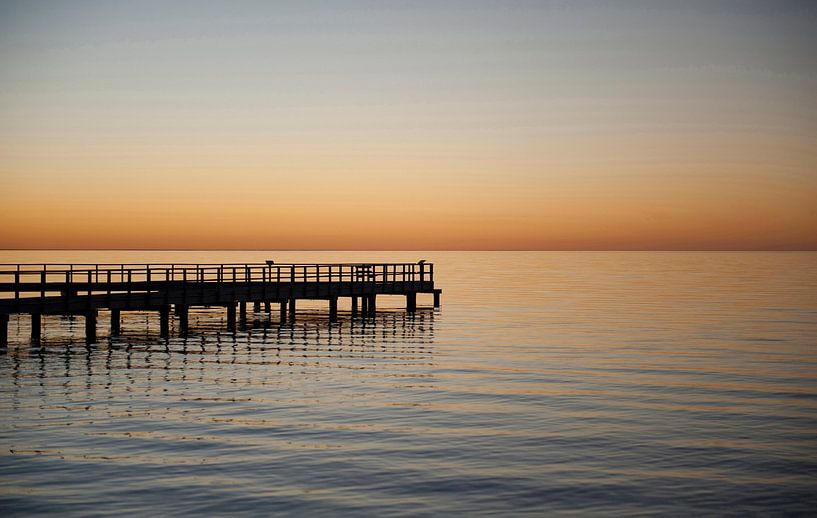


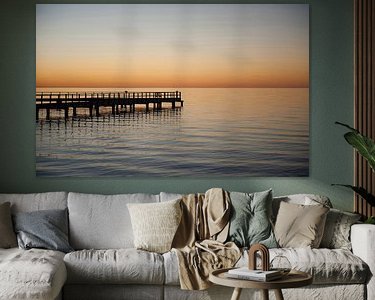


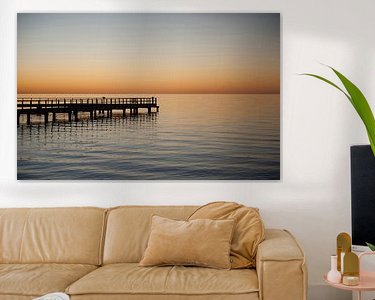

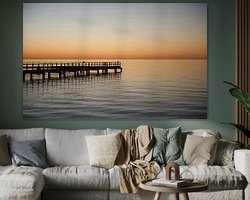

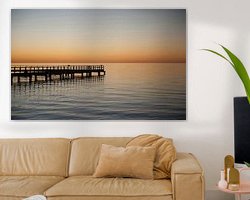

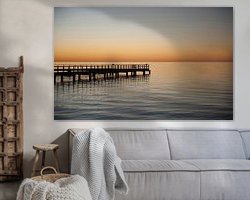
 Australia
Australia Coastline
Coastline Elegant Expressions
Elegant Expressions Indian Ocean
Indian Ocean Jetty piers
Jetty piers Landscapes
Landscapes Photo wallpaper
Photo wallpaper Photography
Photography Serene Peace
Serene Peace Sunset
Sunset UNESCO World Heritage Locations
UNESCO World Heritage Locations









